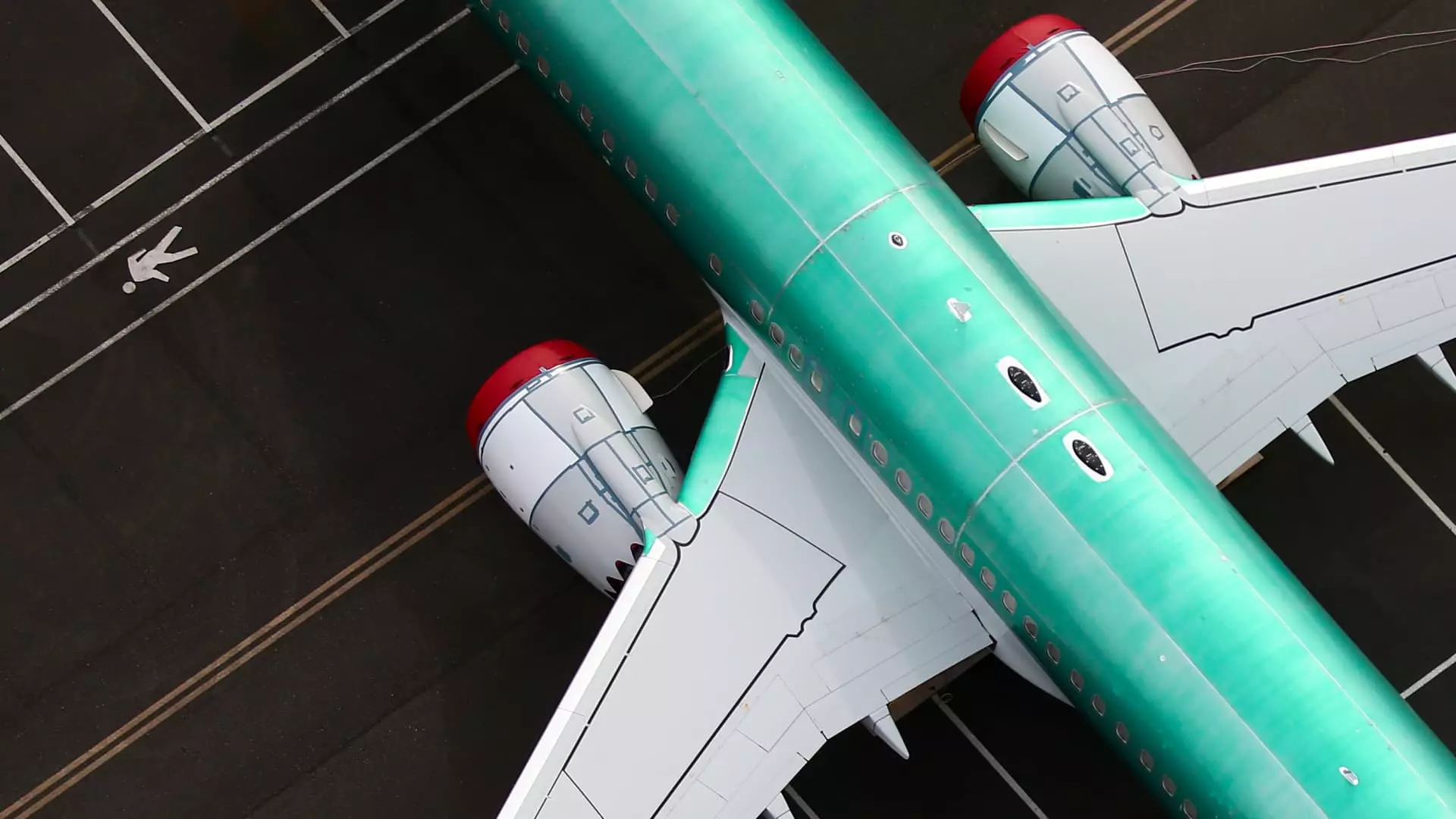Boeing has found itself embroiled in significant challenges as it approaches the end of 2023. The aerospace manufacturer announced a staggering estimated loss of approximately $4 billion for the fourth quarter, indicating a troubling trajectory for a company already grappling with various crises. In the wake of a dramatic midair incident early in January and compounded by a debilitating labor strike, Boeing’s struggles are far from over. The anticipated loss of $5.46 per share and revenues projected at $15.2 billion fall short of analyst expectations, which has only added to the company’s mounting woes as it enters 2024.
Boeing’s financial health appears concerning, with reports indicating a potential cash burn of $3.5 billion over the quarter. In an effort to stabilize its operations amid ongoing crises, Boeing managed to raise over $20 billion during this period, underscoring the urgency of restoring liquidity. Despite these measures, the painful reality is that Boeing has not recorded an annual profit since 2018—a stark indicator of its operational struggles. Furthermore, the company anticipates incurring a $1.1 billion charge related to its 777X and 767 programs as a direct consequence of labor unrest and the new working arrangements that followed.
Boeing’s turbulence is not limited to financial issues; safety has taken center stage after a significant midair incident involving a door-plug failure. This event raised fresh concerns about the safety standards at Boeing, which had already been under scrutiny following two catastrophic crashes in 2018 and 2019. The company is now facing increased federal oversight and may experience delays in its aircraft deliveries—key components of its commercial success.
Moreover, the impact of a nearly two-month labor strike that began in September, which brought much of its commercial aircraft production to a halt, cannot be understated. Even as workers secured new contracts by November, the disruption in operations has left a lasting mark. Boeing’s commercial airplane unit is projected to generate revenues of only $4.8 billion, yet it’s burdened with an alarming negative operating margin of approximately 44%.
To add to Boeing’s woes, the defense segment of the business is equally troubled. The company anticipates pretax charges of around $1.7 billion connected to its KC-46A tanker project and the highly anticipated new Air Force One aircraft. Delays and complications in these programs further exacerbate the company’s financial strains, tarnishing its reputation not only in commercial aviation but also in military and space ventures.
As Boeing grapples with internal challenges and external pressures, the path forward remains precarious. CEO Kelly Ortberg has indicated that, despite near-term hurdles, the company is taking significant steps to stabilize its business. However, the overarching question remains: can Boeing recover from this unprecedented turbulence? The next few quarters will be crucial in determining whether the aerospace giant can navigate through these troubled skies and ultimately emerge resilient.

